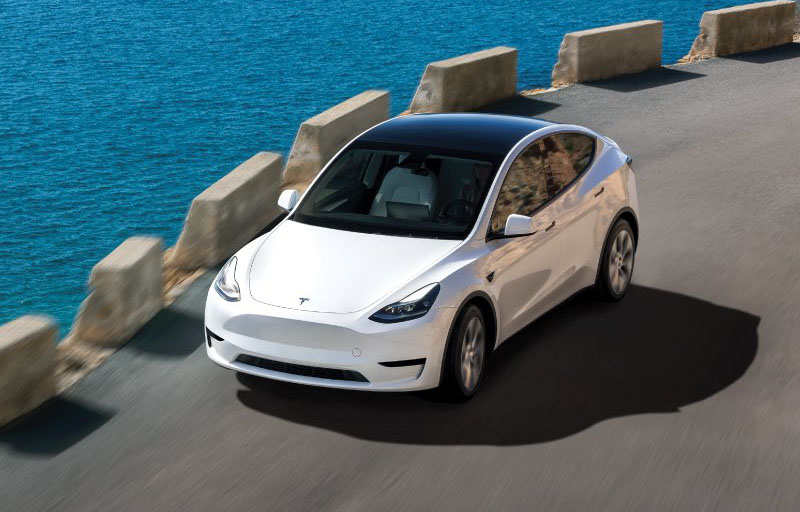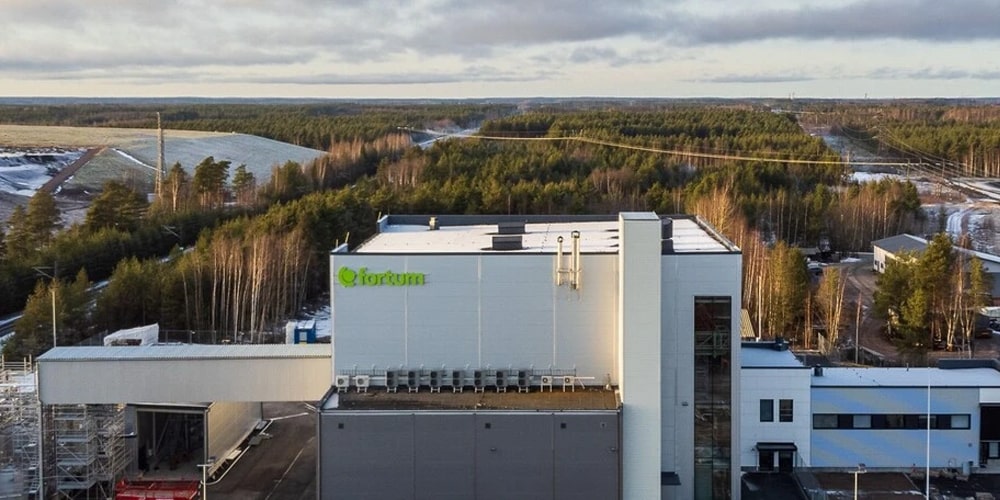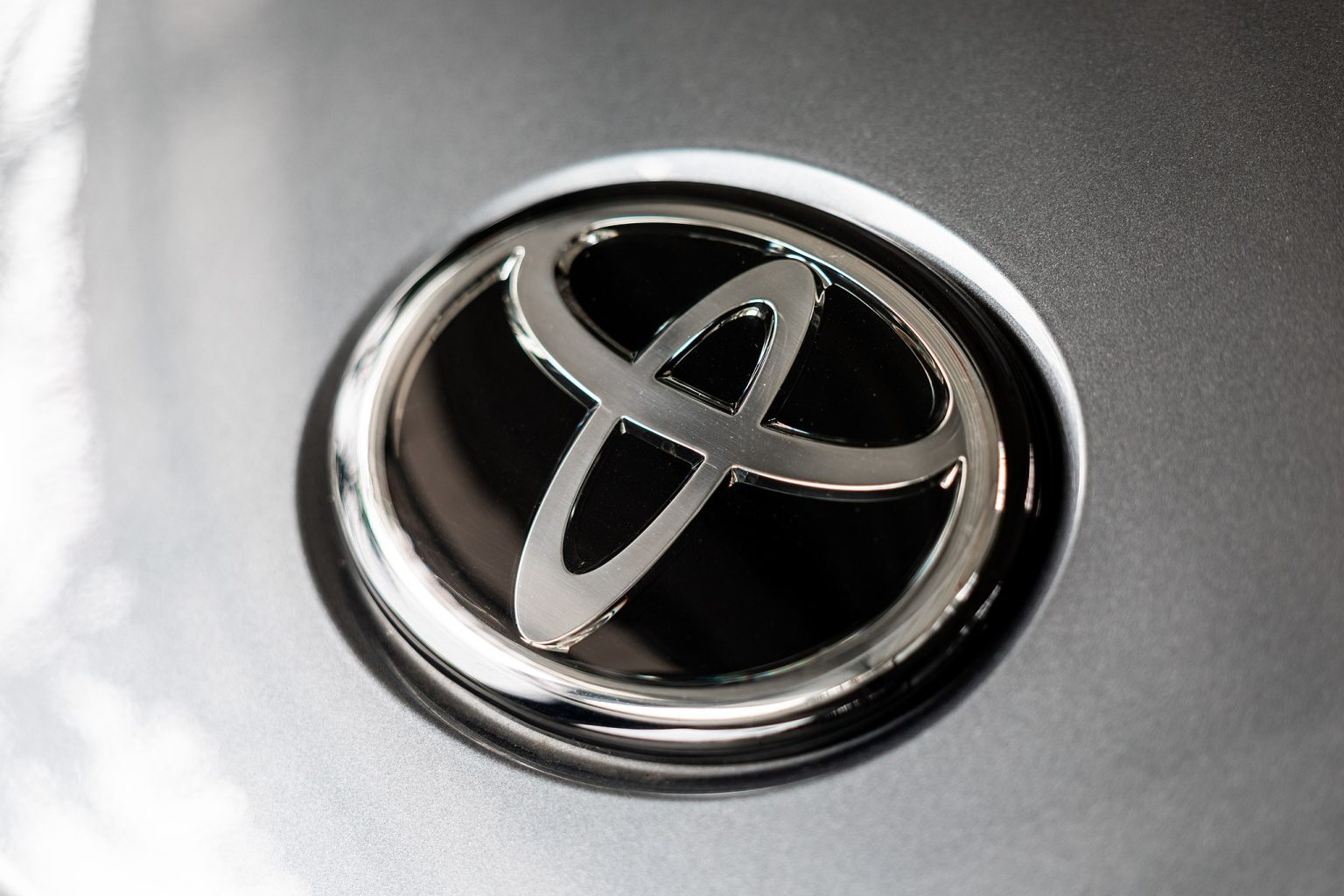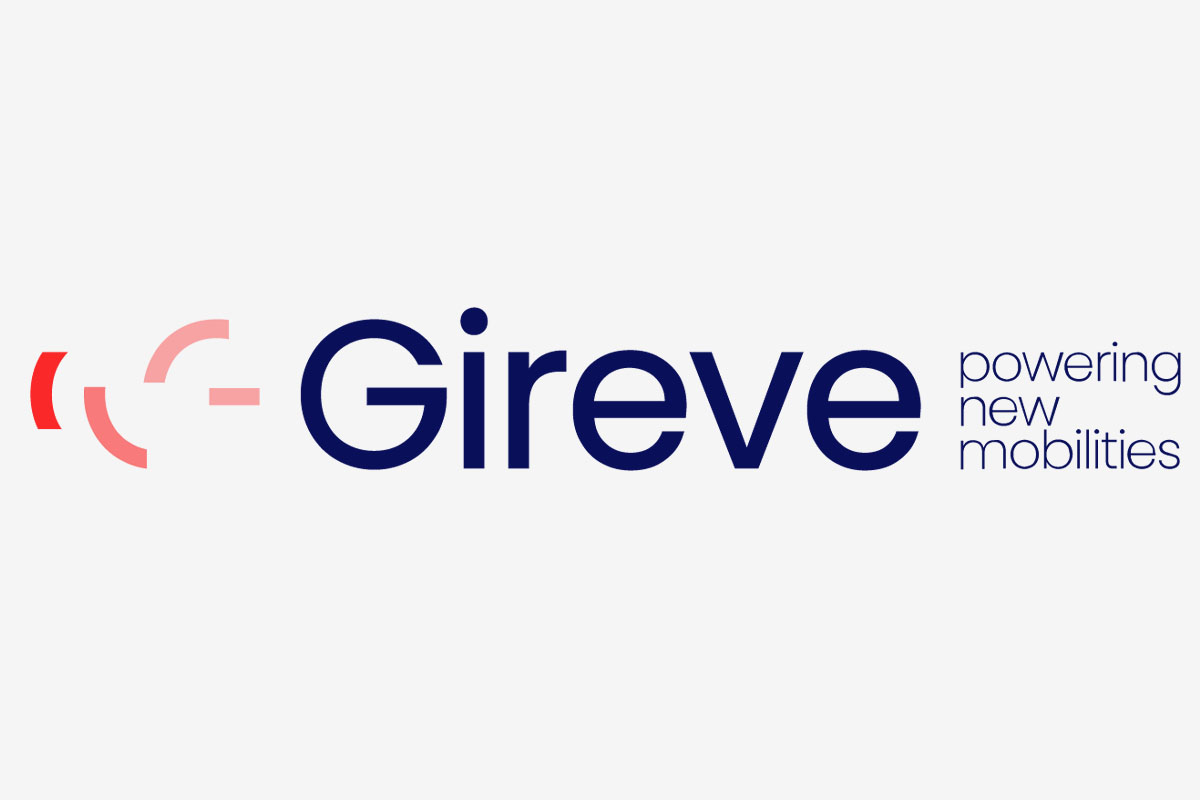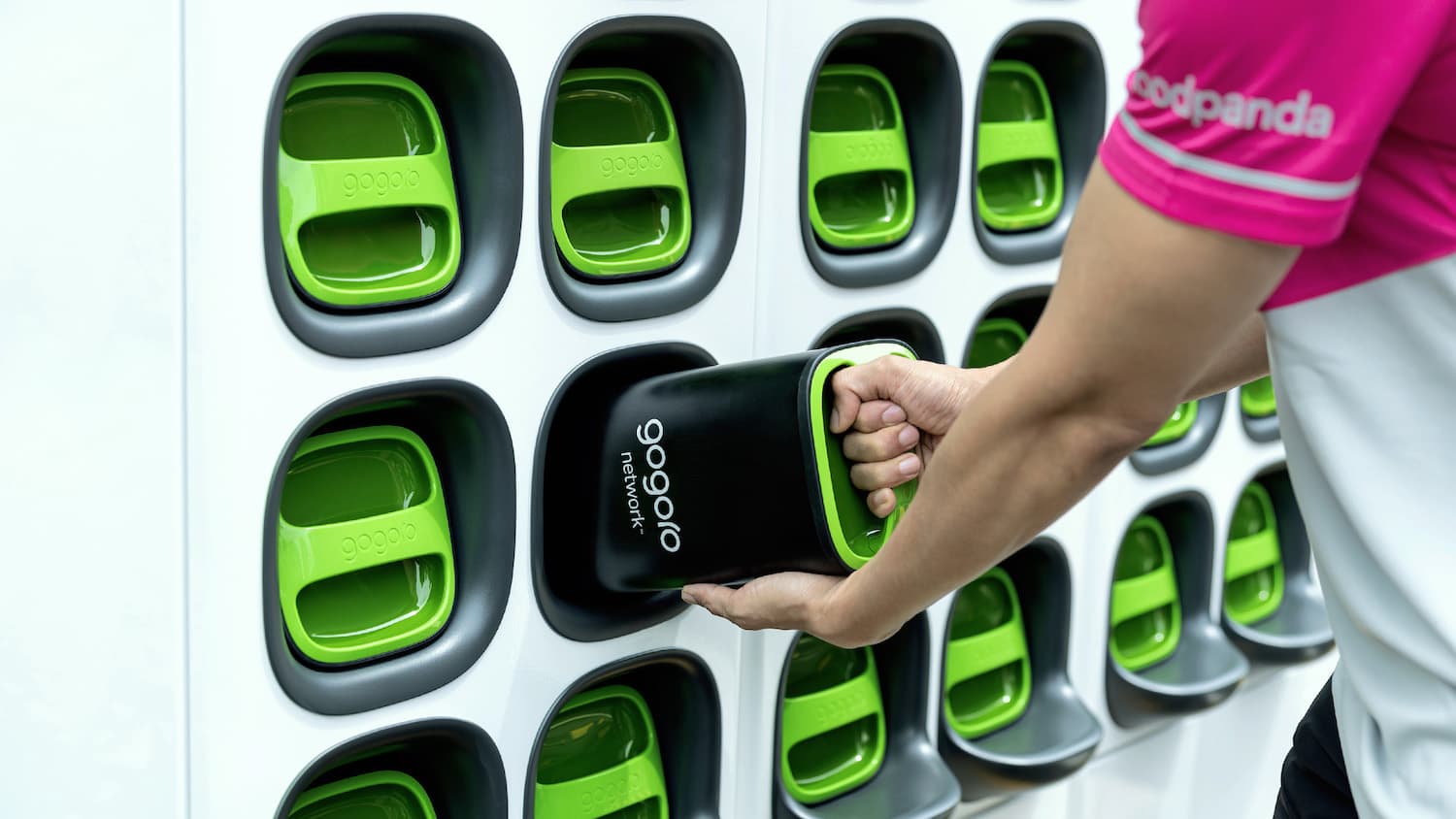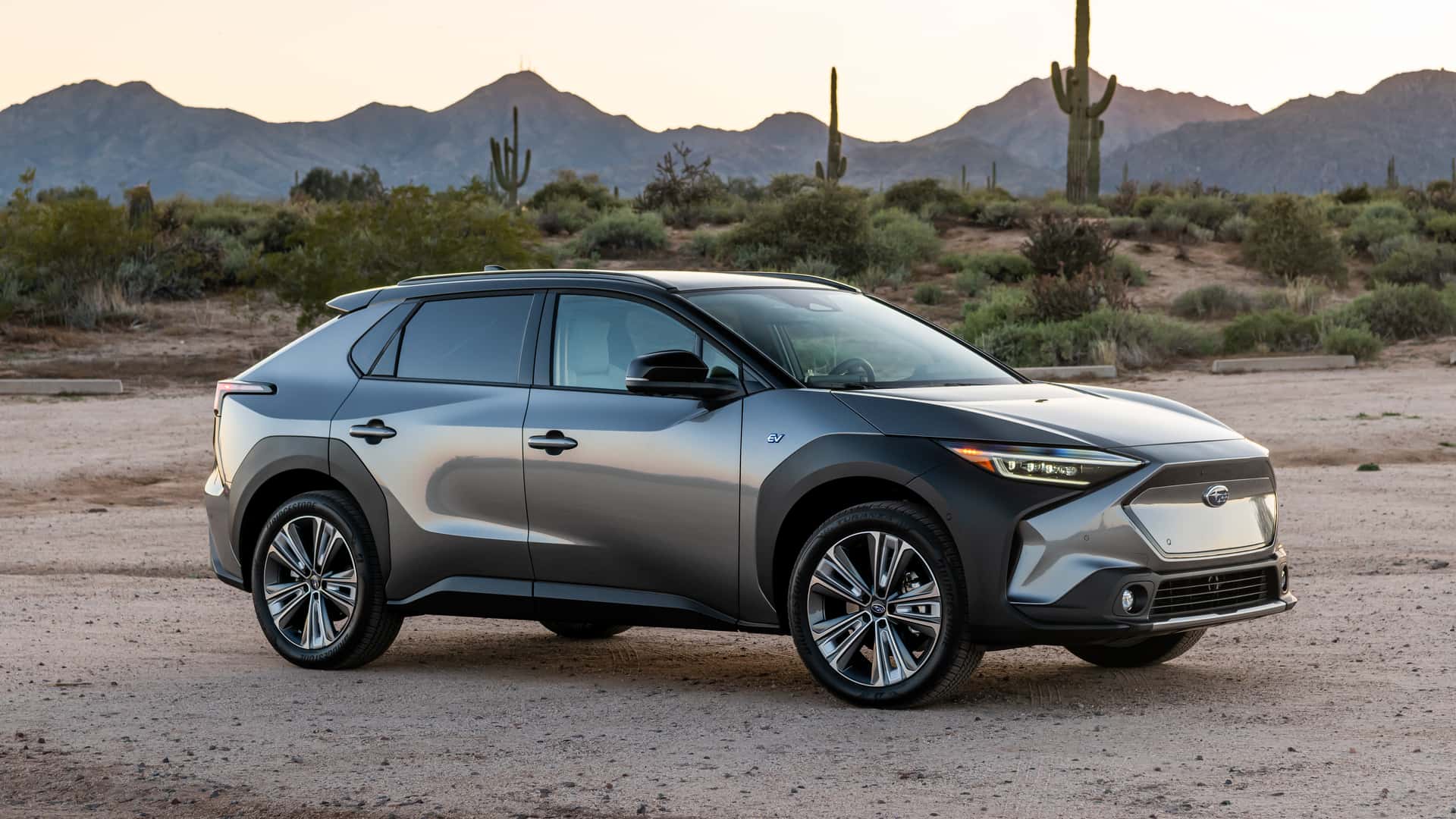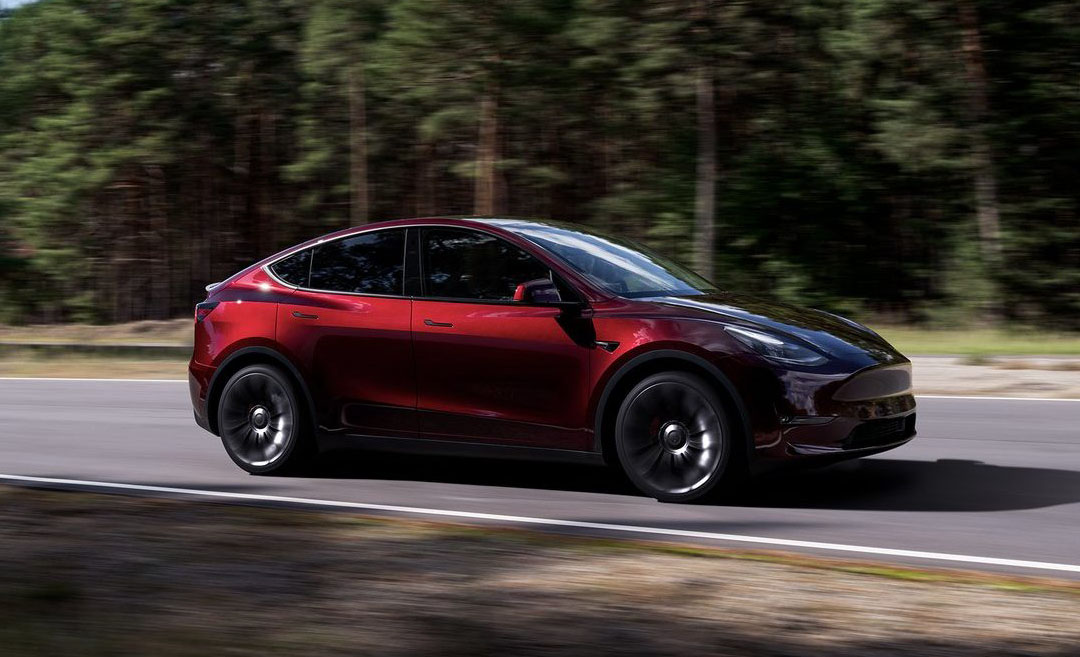In an upcoming software update dubbed Software Version 2024.14.3, Tesla is set to replace its seat sensors with cabin radar for safety purposes, according to Tesla hacker greentheonly.
Tesla has traditionally used occupancy sensors in its seats to indicate which seats are occupied by passengers, including the driver’s seat, particularly for maintaining occupancy during the operation of the Full Self-Driving and Autopilot suites.
– new track mode windows with a bunch of settings about stability control and whatnot
– "restricted drivers" that have extra restrictions, profile icon will have "training wheels" attached.
– Driver occupancy sensor (resistive pad) in the seat is on the way out— green (@greentheonly) May 1, 2024
However, the company is now planning to abandon the use of seat sensors altogether in favor of cabin radar. greentheonly discovered this change while analyzing data related to the software update. While some speculated that Tesla might use the cabin-facing camera for driver’s seat detection, it turns out the company will be utilizing cabin radar instead.
The decision to switch to cabin radar follows Tesla’s 2021 approval from the Federal Communications Commission (FCC) for the use of millimeter-wave sensors for child protection and anti-theft measures. Tesla received a “grant of waivers” allowing the installation of 57-64 GHz frequency bands in its vehicles for “child detection, cabin intrusion, and exterior detection.”
According to greentheonly, the cabin radar will now be used to verify the presence of a human driver in the driver’s seat before the vehicle is permitted to move. This change may be in response to concerns that cheat devices could be used on the driver’s seat to simulate occupancy.
Some Tesla drivers have reported issues with the driver seat sensor, noting that the car would unexpectedly revert to park at low speeds when sensing any body movement. These issues required service and, in some cases, incurred costs of up to $3,500 for drivers.
Tesla has relied on the cabin-facing camera to enhance safety in its vehicles and has used the technology to hold drivers accountable when using semi-autonomous driving features.

